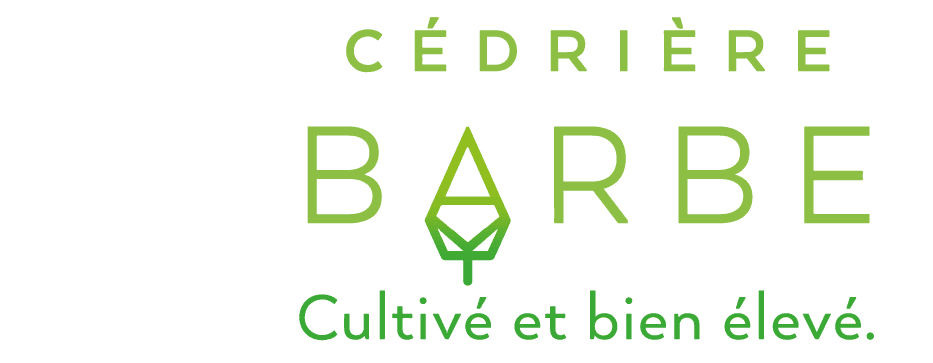
Watering your cedar
Watering (General indications)
A freshly planted hedge should usually be watered once or twice a week during the first month in order to maintain soil moisture (this one will have been watered thoroughly during planting). Even in hot weather, it is unnecessary to water your hedge daily: we prefer a significant watering once a week rather than several small daily watering. Generally, a year or two after planting, your cedars will be well rooted and will provide for their own water needs (except in times of drought where watering may be necessary).
The best technique for watering a hedge is to install a perforated hose. Depending on the flow of water provided by your hose, watering should last 1 to 2 hours. Do not forget that a good rain counts for a watering. Once you have determined the frequency that suits your situation, you can install a timer and schedule your waterings on a regular basis.
Before watering: Check your soil moisture!
Rather than rely on foliage that will show signs when it will often be too late, we recommend you to check the soil moisture before each watering to make sure irrigation is adequate. Since there are many factors that can influence the frequency of watering, you will be able to rectify the situation before the problems occur. Dig with your fingers a few inches deep. The idea is not to know if the surface soil is wet, but to check if the amount of water available to the roots is sufficient: the soil should be moist without being saturated with water. You should be able to form a “ball” with a handful of soil without the water flowing between your fingers. If the soil is too wet, reduce the frequency and / or duration of watering. If it is too dry, be sure to thoroughly moisten the soil and then resume watering on a regular basis.
Some factors that can influence watering …
- The nature of the soil;
- A tree that overhangs the hedge, creating an umbrella effect;
- The topography of the land;
- The flow of water from your hose;
- The frequency and quantity of rain received;
- A perforated hose damaged or defective …
For all these reasons, we recommend you to follow the suggested tips rather than the advice of your entourage. Although they are well-intentioned, the procedure they have followed for them may not apply to you …
Watering when the plantation was done during hot weather
This situation is obviously to be avoided. However, if you have not been able to avoid the heatwave to plant your cedars, it may sometimes be necessary to water the foliage to prevent the evaporation of water by it. Indeed, since the plants draw the water they need from the roots, which may have been cut, watering the foliage could give them a little help by the time they are planted. Of course, it’s better to water in the evening, once the sun is down, or early in the morning.
Before going on vacation …
Be sure to thoroughly water the soil or install a timer. This is not difficult and you will avoid seeing your cedars dying on your return!
Your cedars turn yellowish?
This is probably a sign of root asphyxia. Either the soil and / or mulch were backfilled too high on the cedar collar, or they received too much water. Disengage the collar as needed and make sure that the water drains properly. If necessary, dig a small trench to allow water to drain and / or reduce the frequency or duration of watering.
Watering at the beginning and at the end of the season
At fall, lack of precipitation before the soil freeze can sometimes contribute to desiccation of the foliage. Unlike broadleaf that lose their leaves at fall, conifers store water in their foliage. This phenomenon will allow them to overcome foliage drying that may occur during winter, when temperatures are above the freezing point. If the season is not very rainy, it is good to have one or two good waterings at the end of October to allow the needles to store a water reserve.
For the same reason, it is essential that your newly planted cedar hedge does not lack water at the arrival of the spring’s heat.






